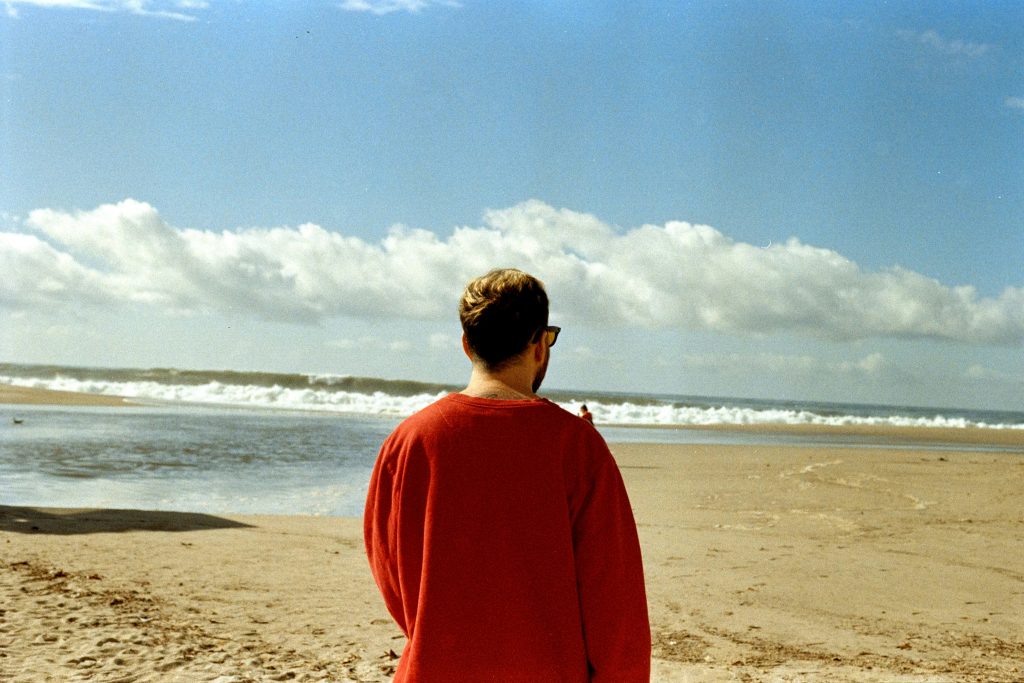
‘Apartment 7A’: A Chilling Return to the Bramford’s Dark Legacy
In a cinematic landscape where horror films often tread the same waters, ‘Apartment 7A’ emerges as a haunting prequel to the iconic 1968 classic ‘Rosemary’s Baby’. Set in the unsettling confines of the infamous Bramford apartment building, this film invites audiences back to a world steeped in mystery and dread.
Starring the talented Julia Garner alongside the renowned Dianne Wiest, ‘Apartment 7A’ seeks not just to echo its predecessor but to expand upon its chilling narrative. The filmmakers aimed to delve deeper into the lore of the Bramford, exploring the dark secrets that lie within its walls. This ambitious effort to broaden the universe of the original film has sparked intrigue and anticipation among horror enthusiasts and film critics alike.
Despite the absence of a traditional theatrical release, the film has managed to garner attention for its gripping storytelling and atmospheric tension. Critics have praised its ability to evoke the same sense of unease that permeated ‘Rosemary’s Baby’, albeit through the lens of a different character and storyline.
The narrative centers on Terry Gionoffrio, a character who finds herself ensnared in the web of the Bramford’s sinister history. As she navigates her surroundings, the film cleverly intertwines elements familiar to fans of the original, while also introducing fresh concepts that elevate the viewing experience. The mid-credits scene, in particular, has been highlighted as a clever nod to the events that unfold in ‘Rosemary’s Baby’, leaving audiences hungry for more.
Amidst the horror, ‘Apartment 7A’ also raises questions about the very nature of fear and the psychological depths of its characters. It examines how the past can influence the present, and how the sins of the previous inhabitants of the Bramford continue to haunt its current residents. In doing so, the film not only entertains but also provokes thought, challenging viewers to confront the darker aspects of human nature.
Set against the backdrop of New York City, the film utilizes its iconic setting to amplify the eerie atmosphere. The Dakota building, synonymous with ghost stories and urban legends, serves as a perfect canvas for the unfolding narrative. The filmmakers have skillfully captured the essence of the city, making it a character in its own right, filled with history and secrets that resonate throughout the film.
While some critics have pointed out similarities to its predecessor, ‘Apartment 7A’ stands as a testament to the enduring legacy of horror cinema. It invites viewers to ponder whether the Dakota is truly haunted or if the real horrors lie within the minds of those who inhabit it. As the film unravels its story, the audience is left to grapple with the chilling implications of its narrative.
In a year that has seen a resurgence of interest in horror films, ‘Apartment 7A’ is poised to make its mark. It taps into the collective anxiety of a post-pandemic world, where the unknown looms larger than ever. Whether it will achieve the cult status of its predecessor remains to be seen, but one thing is certain: it has successfully rekindled the spirit of horror that captivates audiences across generations.
As the credits roll, viewers are left with a lingering sense of dread and curiosity, eager to revisit the world of the Bramford and the stories that continue to unfold within its walls. ‘Apartment 7A’ is not just a film; it is an exploration of fear, legacy, and the shadows that linger long after the lights go out.
Tags: Apartment 7A, Horror Movie, Prequel

相關頭條